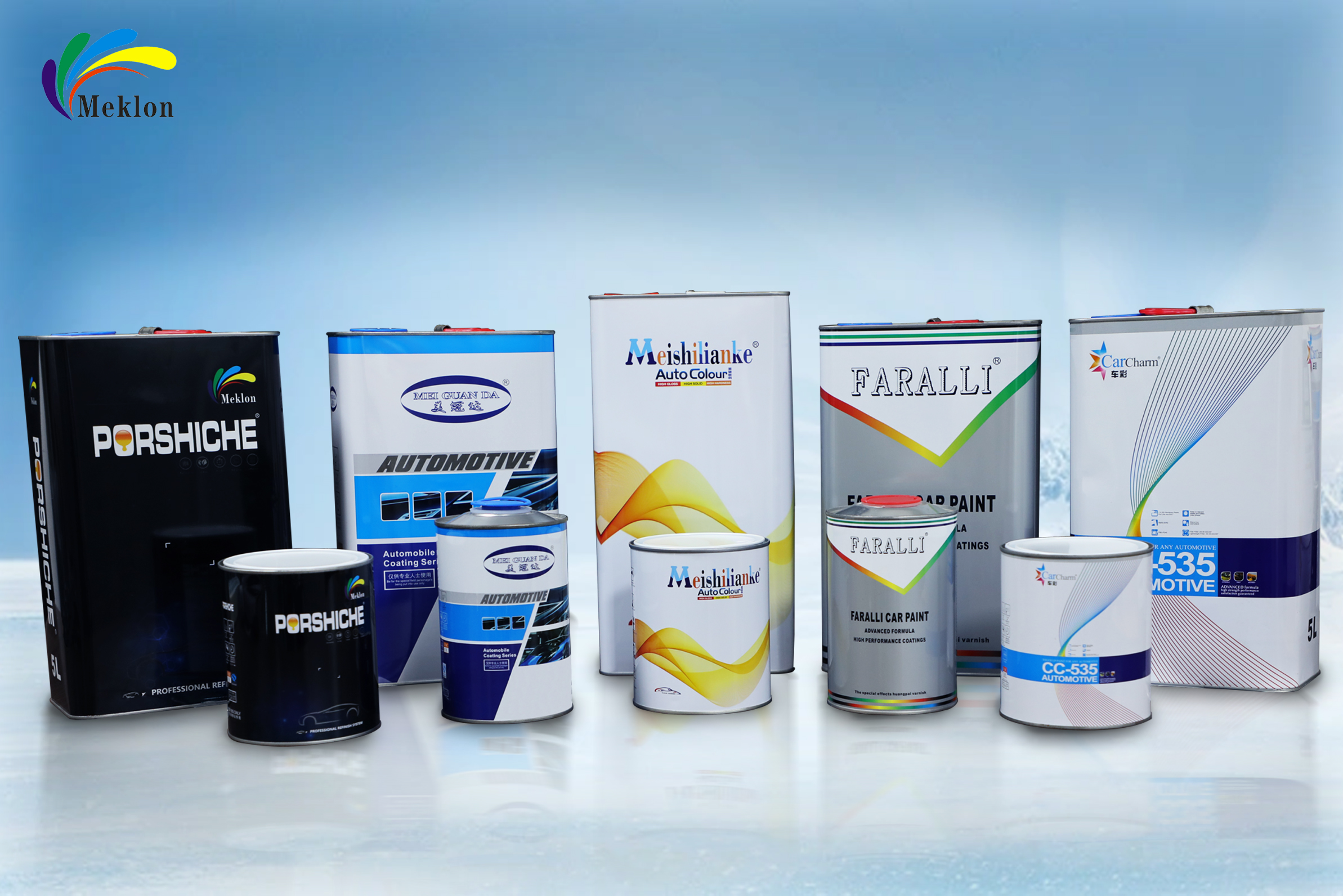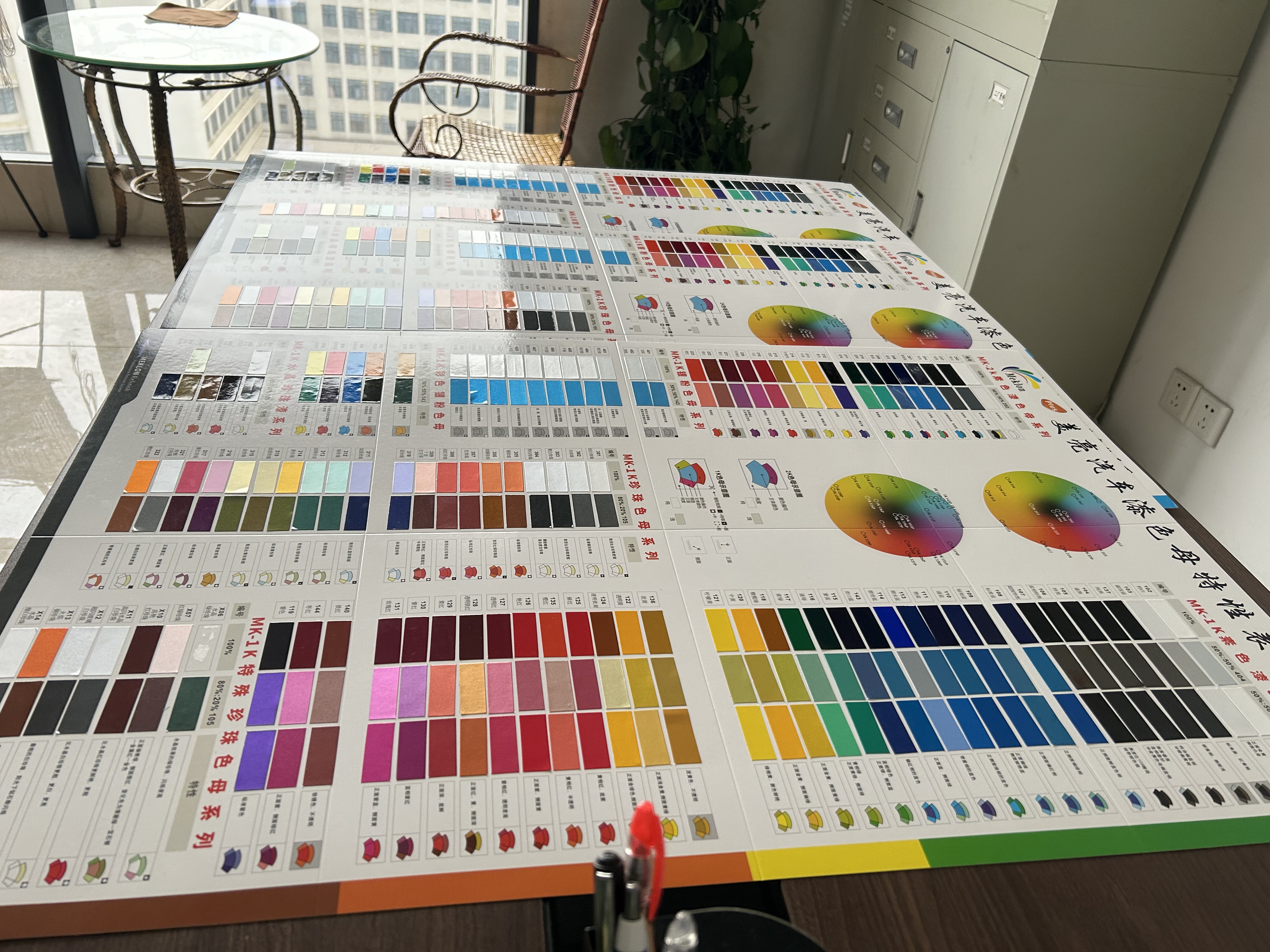Causes of car paint sagging after painting
Sagging refers to the phenomenon that there are traces of paint liquid flowing downward on the coating film. Mostly appear on vertical surfaces or corners. Generally, those that appear on the vertical surface are curtain-like sags, and those that appear on the corners are tear-stain-like sags. The reasons are:
(1) Excessive thinner or incorrect thinner is used, so that the viscosity is lower than the normal construction requirements, and the paint cannot be attached to the surface of the object, causing it to fall and flow.
(2) The temperature of the construction site is too low, the drying speed of the sprayed paint is too slow, and the solvent is not easy to volatilize, resulting in the accumulation of too much thinner in the paint film, and the paint film will sag. Winter is a period of high incidence of sagging, which requires special attention.
(3) Improper use of the automotive spray gun. The distance between the spray gun and the object to be coated is too close, the speed of the gun is too slow, and the spraying is too thick at one time, etc. will increase the possibility of sagging.
(4) After painting, there is not enough drying and resting time between the paint layers.
According to the above reasons, the methods of preventing car paint sagging include:

1. Use the recommended type of diluent, and dilute the paint according to the correct mixing ratio, so that the construction viscosity is within the process range.
2. Using the correct spraying method, adjust the spray gun properly.
3. Ensure the temperature of the construction site and allow enough drying time.

4. When the sag of the car paint is slight, after the paint surface is dry, wet sand the defective area with fine sandpaper, and then wax and polish it. If the sag is severe, the defective area will need to be sanded and repainted. After the silver powder paint sags, it will appear delaminated and must be repainted. https://www.mekloncarpaint.com/